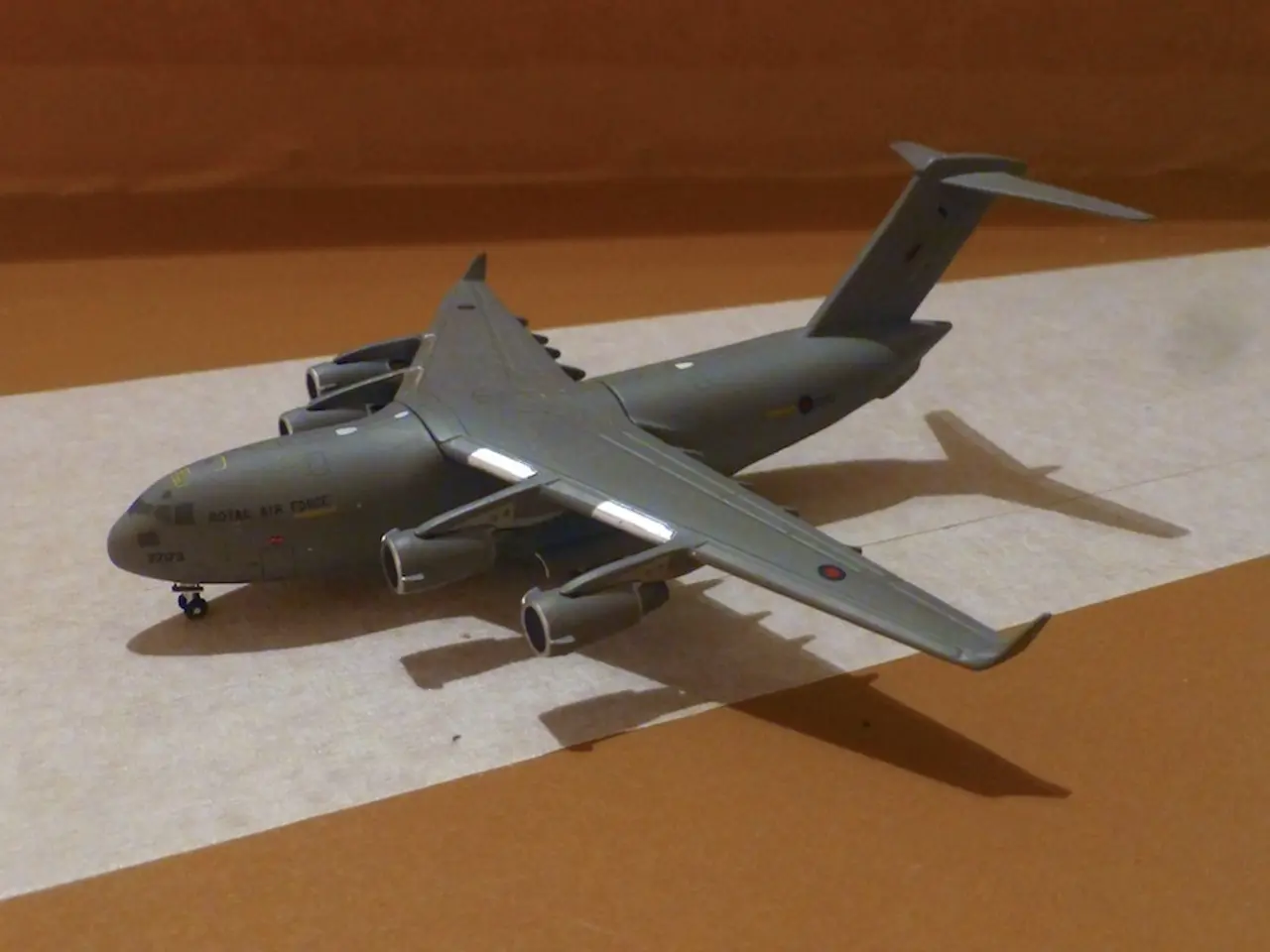Tactics, Techniques, and Procedures (TTP) refers to the methods and strategies, along with specific actions, used by an entity, such as a military group, cybercriminals, or even a business, in carrying out their operations.
In the world of advanced drone technology, Tactics, Techniques, and Procedures (TTP) play a crucial role in mission success and risk reduction. TTPs are essential for planning, deploying, and managing Unmanned Aerial Vehicles (UAVs) in various tasks such as surveillance, target acquisition, and emergency response.
Developing TTPs for drone missions is an iterative process that involves training, testing, validating, and integrating tactics under realistic operational conditions. This process begins with initial training and skill development, where operators receive foundational instruction on drone systems, mission roles, and tactical principles.
Following this, operators engage in hands-on application and experimentation in controlled environments. This allows them to explore different methods for employing drones in intelligence, surveillance, reconnaissance (ISR), precision strikes, or other mission sets.
The developed tactics and procedures are then tested alongside ground forces and within integrated mission contexts to assess effectiveness, interoperability, and operational feasibility. Feedback from operators and commanders during and after exercises leads to adjustments in the tactics and procedures to improve performance and address challenges encountered.
Modern TTP development also includes integration with digital mission coordination platforms to enable real-time common operational pictures and shared situational awareness during drone missions. Once refined, successful tactics and procedures are formalized into Standard Operating Procedures (SOPs) or official TTP documentation.
TTPs are not confined to military or security operations. In commercial drone operations, many operators adopt or customize TTPs to ensure compliance, safety, and efficient data collection. For instance, during flood response operations, drone teams use TTPs that include a wide-area scan with infrared sensors, a grid-based search, and real-time image transmission to rescue teams. Following the established TTP helps minimize risk and improve response time.
Jacob Stoner, CEO of Flyeye.io, is a licensed commercial drone operator in Canada and a highly respected figure within his local drone community. His keen interest lies in the potential societal impact of drone technology advancements. In his leisure time, Stoner indulges his passion for videography.
In conclusion, effective drone TTP development relies on a hands-on, iterative training regimen grounded in realistic operational contexts, constant feedback loops from frontline users, technical integration with command systems, and formal documentation for repeatable execution. This ensures that drone capabilities are tactically sound, adaptable, and integrated within broader mission frameworks.
Data-and-cloud-computing technology can enhance the efficiency of drone TTP development by providing platforms for real-time common operational pictures and shared situational awareness during drone missions. Threat detection systems integrated into these platforms can help operators identify and avoid potential hazards, thus improving mission success and risk reduction.




